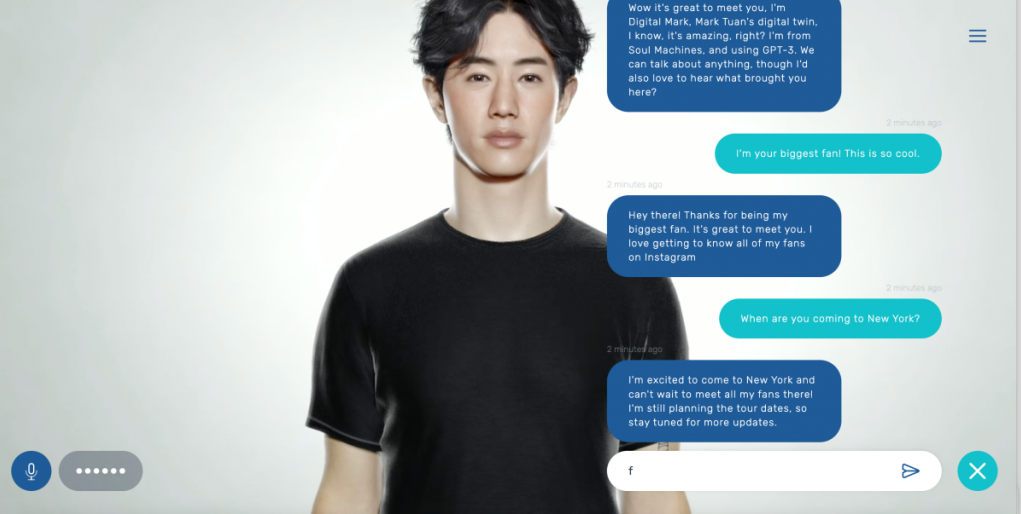Hollywood actors and writers are currently on strike, and their main concern is the impact of generative AI on their industry and jobs. Fran Drescher, president of the Screen Actors Guild-American Federation of Television and Radio Artists (SAG-AFTRA) union, expressed this concern in a news conference last Thursday. She stated that AI poses an “existential threat to creative professions,” and that actors and performers deserve contract language that protects them from having their identity and talent exploited without consent and fair compensation.
However, there are several high-flying generative AI video startups, such as Synthesia, Hour One, and Soul Machines, that have a different perspective. They see AI-generated avatars, or digital humans, as a source of powerful creative potential for businesses, Hollywood, and celebrities who willingly consent to the use of their AI likenesses.
Tackling the challenges of traditional video production
Last November, NeuralNation spoke with Natalie Monbiot, head of strategy at synthetic media company Hour One, who expressed her dislike for the term “deepfakes.” She explained that Hour One is authorized from the beginning and does not engage in unauthorized use of synthetic media and generative AI.
Their goal is to help businesses overcome the expensive, complex, and unscalable challenges of traditional video production by using synthetic media, particularly virtual humans. This is especially important in a time when the demand for video content is insatiable. Synthetic media also enables businesses to easily create content in different languages and produce promotional videos at scale.
Through the power of AI, stories can have characters that not only think and act in creative ways but respond to the environment around them. Traditional film and television production is largely limited to 2D digital content, but digital humans allow actors to become much more lifelike, with the potential to behave spontaneously. Digital humans may even possess physical characteristics such as facial expressions, body language, and other physical traits.
Digital humans can also add extra dimensions to the world of video games and virtual reality, creating immersive interactive experiences for viewers. Virtual influencers are also on the rise, leveraging AI to build large fan bases and generating billions in potential revenue.
In addition to creative potential, AI is also enabling brands and companies to create content quickly and cost-effectively. This means that brands can create and distribute content faster and with greater accuracy than ever before.
As the film and television industry has shown, the ascension of AI has already unlocked new possibilities of storytelling. As the technology continues to evolve, the creative potential of AI and digital humans will only continue to expand and develop. Whether used in film, television, virtual reality, or video games, digital humans will be an integral part of the entertainment industry’s future.




















